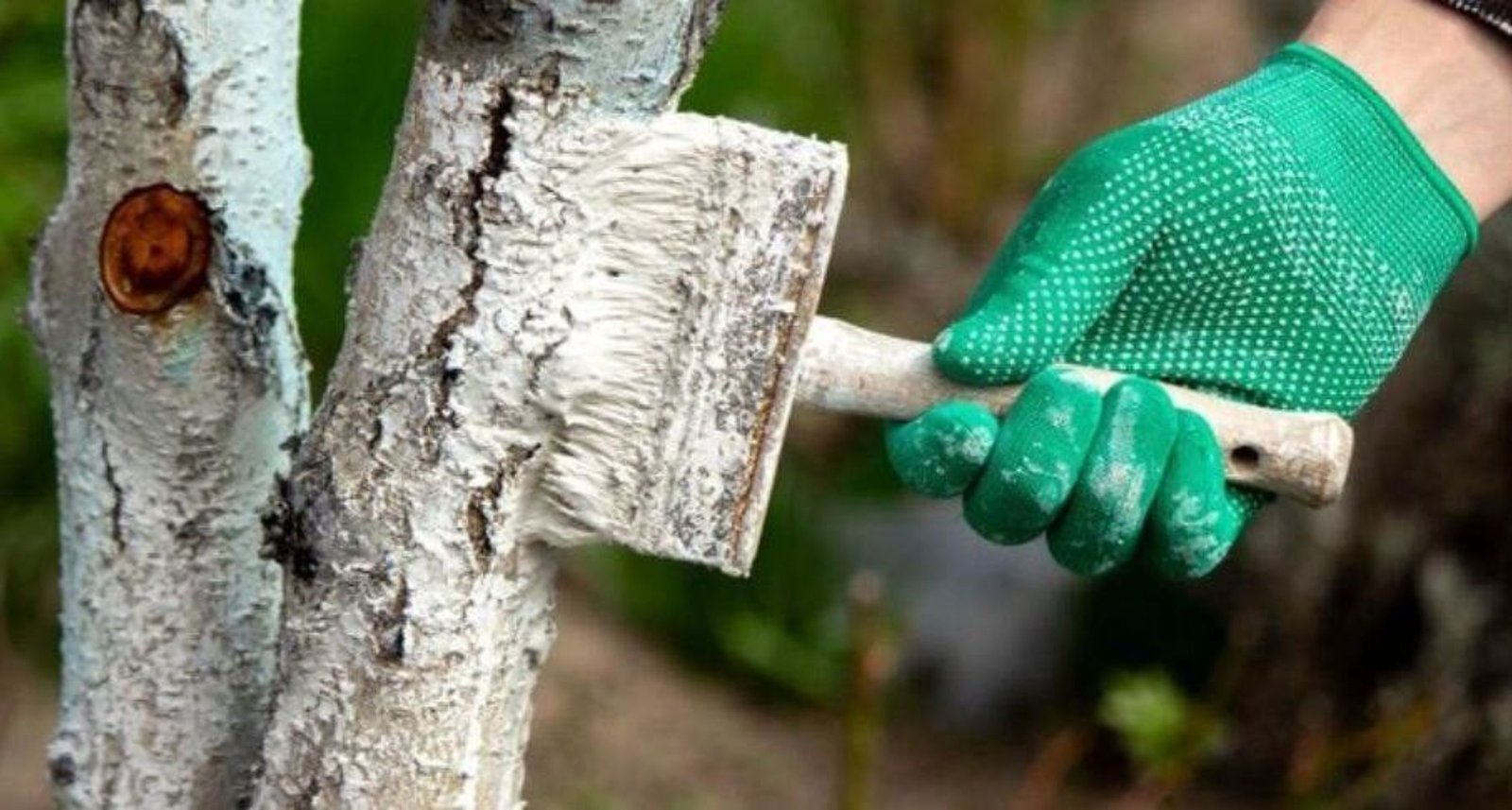Have you ever looked out of your window after a storm and felt sad at seeing broken branches, trunks, or uprooted trees? The severe weather conditions may be disastrous to your landscape, like heavy rains, windstorms, or lightning. Tree storms not only interfere with the beauty of your property, but can also be quite hazardous to the limbs or even the trees that fall around the buildings and power lines. By properly taking care of your trees and performing preventive maintenance, you can save your trees before they are struck by nature.
Understanding Why Storms Damage Trees
Storms do not necessarily ruin trees as they are strong, but it is usually because of their underlying weaknesses. Poor branch structure, root decay, and poor pruning history in trees increase the likelihood that they break or fall during hurricane winds. As the heavy rain wets the soil, the powerful gusts can easily uproot even the mature trees. Weak crotches, unbalanced canopies, and deadwood are most likely culprits in structural failure. When regular inspections of trees are performed by a certified arborist, they are likely to detect the early warning signs.
Pruning: The First Line of Defense
One of the best means of protecting trees during storms is by proper pruning of trees. By removing branches strategically, the canopy becomes more even with the wind, and thus reduces the “sail effect”. Crown pruning, deadwood removal, and structural pruning enhance stability and the airflow.
The temptation to over-prune or “top” trees should be avoided, as it reduces the strength of the trees and promotes unstable growth. Rather, professional pruning aims at keeping the natural form with the removal of dangerous limbs. Storm-preparation pruning, for instance, means the removal of cross-branches and strimming of the co-dominant stems, as well as the introduction of a balance between canopy weight and the ability of trees to resist strong rainfalls and winds.

Strengthening Tree Roots for Better Stability
Trees have a very strong root system that keeps them in the ground. Roots, unfortunately, go unnoticed until something goes wrong. The condition of the roots can be improved by deep watering. The addition of organic mulch on the surface of the soil helps to retain moisture in the soil and also protects the roots against erosion. Vertical mulching or aeration are good options to be considered so that roots have more access to oxygen and nutrients.
The Importance of Tree Cabling and Bracing
The cable and bracing systems can be necessary in mature trees or trees with heavy limbs, so as to provide them with the required support. A licensed arborist should carry out the cabling, and he or she should know about load distribution and hardware tensioning. Incorrect installation will only harm; therefore, correct installation will extend the life of historic and sentimental trees that might otherwise be at risk if care is not taken.
Evaluating Tree Health and Structural Risks
Regular health verification of the trees is significant in spotting attacks by pests and weak branches. Broken bark, mushrooms on the roots, or holes in the trunk are some of the red flags in relation to any form of hidden deficiencies. Even a tree that leans a little may cause unevenness or instability of the rooting system or soil.
Modern techniques and tools, such as resistograph testing, sonic tomography, help arborists to check the density of the internal wood of the trees without causing any damage to the tree. Prevention of care is far cheaper than dealing with damaged property in the future.
Storm-Ready Tree Selection and Placement
In the case of the planting of new trees, choosing the right species or location can make a big differenc. Native species, e.g., oak, hickory, bald cypress, are to have deep, wind-resistant root systems. Silver maple, willow, or Bradford pear are weak species that should not be used since they break when there is a storm.
An adequate planning of space and place is also essential. The structural damage will probably be caused by trees planted in the proximity of the buildings or power lines in case of falling. Therefore, when planting, you must have enough space to cover the roots to grow, the crowns to spread, as well as align them against natural wind blocks like fences or other trees of great size.

Management of Soil and Water After the Storm
Trees may look temporarily fine after a storm, but they could be suffering from flooding of roots, soil compaction, or nutrient loss. It is thus preferable to enrich the soil using slow-release fertilizer to compensate for the nutrients that are washed off by the heavy rainfall. Use clean pruning cuts in order to prevent further decay for torn limbs. Sealant must not be applied; the wound must be allowed to breathe freely.
The Role of Preventive Maintenance
Tree’s health management foundation is formed by seasonal pruning, testing the soil, fertilization, and pest control. Before the hurricane or storm season, professionals are to check the trees to find weak joints, deadwood, and unbalanced canopies.
The homeowners do not normally contemplate the importance of the lightning protection system on the tall trees surrounding the buildings. In order to save the trees and the structures around the location of these trees, the installation of copper conductors would be effective.
Final Thoughts
Protection of trees from storms does not come by chance, but you have to be ready and well-prepared in order to protect them. Trees are a living investment, and they should be given attention just like any other section of your property. Cabling, root pruning, and regular maintenance can ensure that your trees are healthy.
Unless you are sure that your tree is in good health, or would rather that your tree’s condition checked by some professionals before the storm season, call NYC Tree Trimming Removal Corp, and the professionals will check whether the trees are in danger or not.


